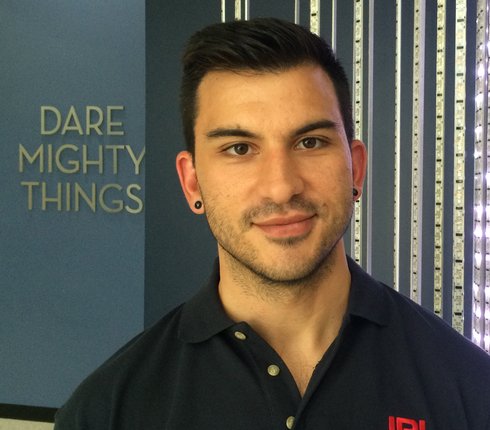LoriAnn Pawlik recently shared her NASA-inspired lesson during a professional development workshop hosted by the agency. LoriAnn teaches STEM to grades K-5 at Penn Elementary School in Prince William County, Virginia, which focuses on students learning English, as well as those with learning disorders and autism. When she recently came across a lesson on the NASA/JPL Edu website, she saw an opportunity to bring real-world NASA data to her students.
How do you use NASA in the classroom?
Using the lesson “How to Read a Heat Map” as a jumping-off point, LoriAnn had her students first dive into the practice of reading and interpreting graphs. From here, she extended the lesson with an exploration of NASA satellites and the data they collect, focusing on the Gravity Recovery And Climate Experiment, or GRACE mission, to tie in with a community science night on water science.
GRACE was launched in 2002 to track changes in the distribution of liquid water, ice and land masses on Earth by measuring changes in the planet’s gravity field every 30 days. Circling Earth 16 times each day, GRACE spent more than 15 years collecting data – all of which is available online – before its science mission ended last October. The mission provided students the perfect context to study climate and water through authentic NASA data.



How did students react to the lesson?
LoriAnn set the stage for her students by explaining to them that they would be providing their data to NASA scientists.
“I told them that I was working on a project for a scientist from NASA-JPL and that we needed their help,” she said via email. “By the time I gave them the background and showed a brief GRACE video, they were all in – excited, eager enthusiastic! It helped that each table, or ‘engineering group,’ was responsible for a different U.S. state.”
As a result, students were able to plot the changes in gravitational fields for multiple locations over several years.
What are other ways you use NASA lessons or resources?
By extending the lesson, LoriAnn gave her students a sense of authentic ownership of the data and practice in real scientific analysis. But it wasn’t her first time uniting NASA science with her school curriculum:
“I'd been working with our second-graders on field studies of habitats,” LoriAnn explained. “We observed, journaled and tracked the migration of monarch butterflies, discussed what happened to habitats of living things since Hurricane Harvey and Hurricane Irma were just going through, and then I used the [NASA Mars Exploration website] to have students extend the findings to space habitats.”
Looking for ways to bring NASA STEM into your classroom or already have a great idea? The Education Office at NASA's Jet Propulsion Laboratory serves educators in the greater Los Angeles area. Contact us at education@jpl.nasa.gov.

